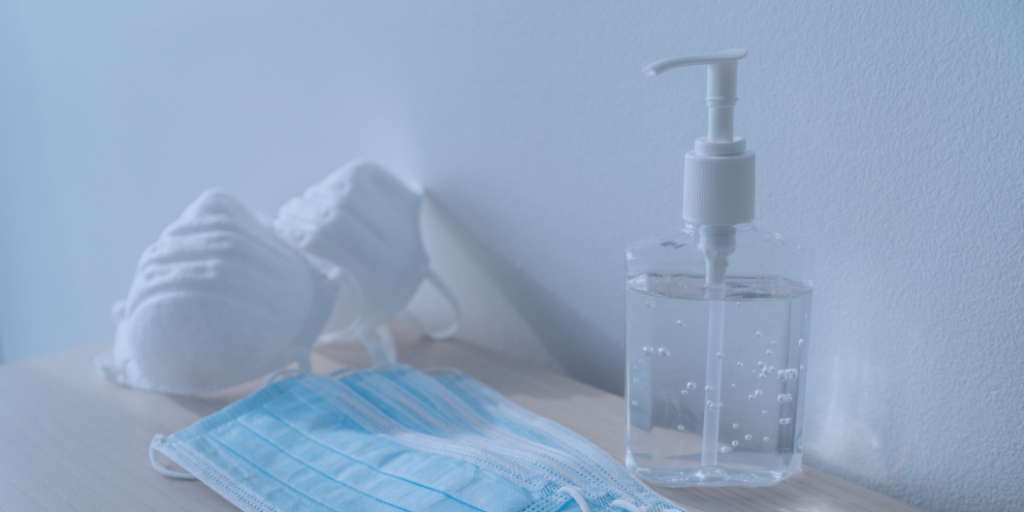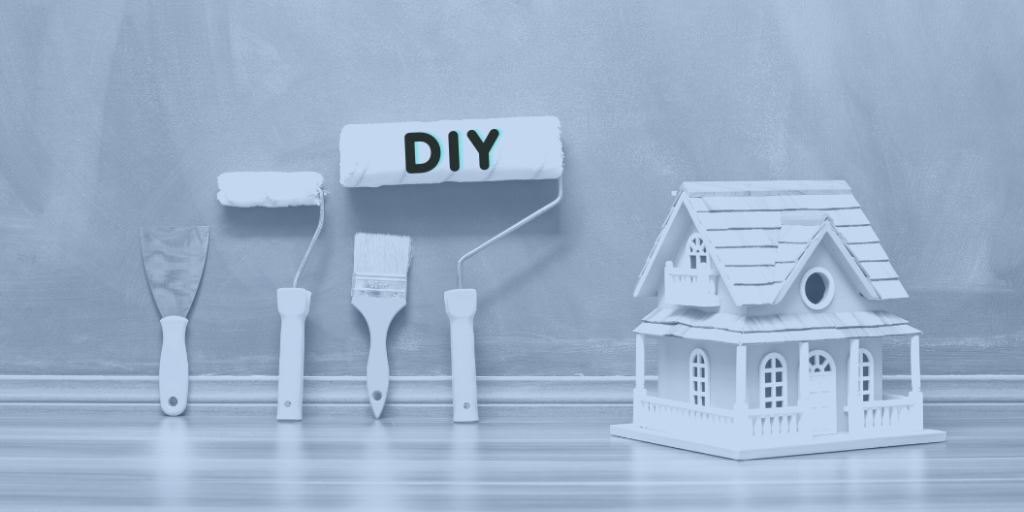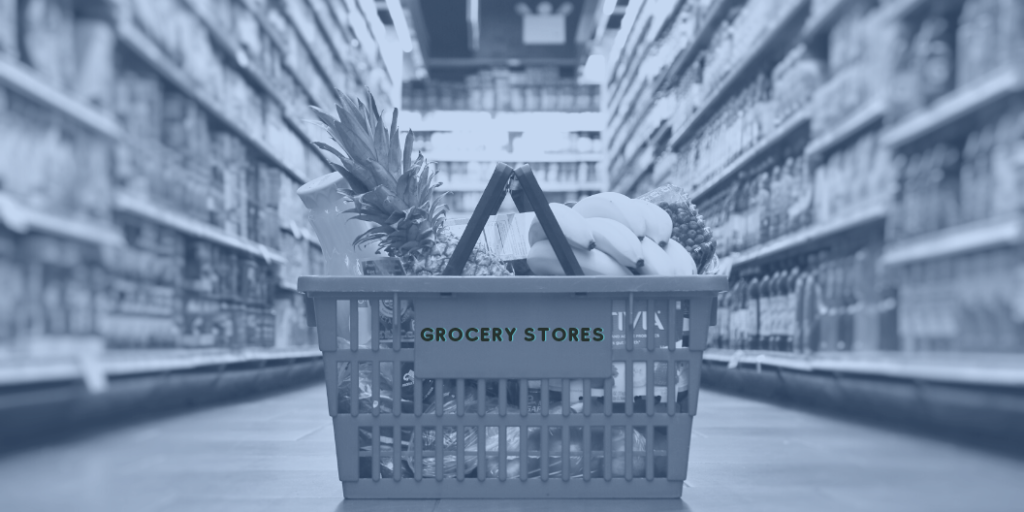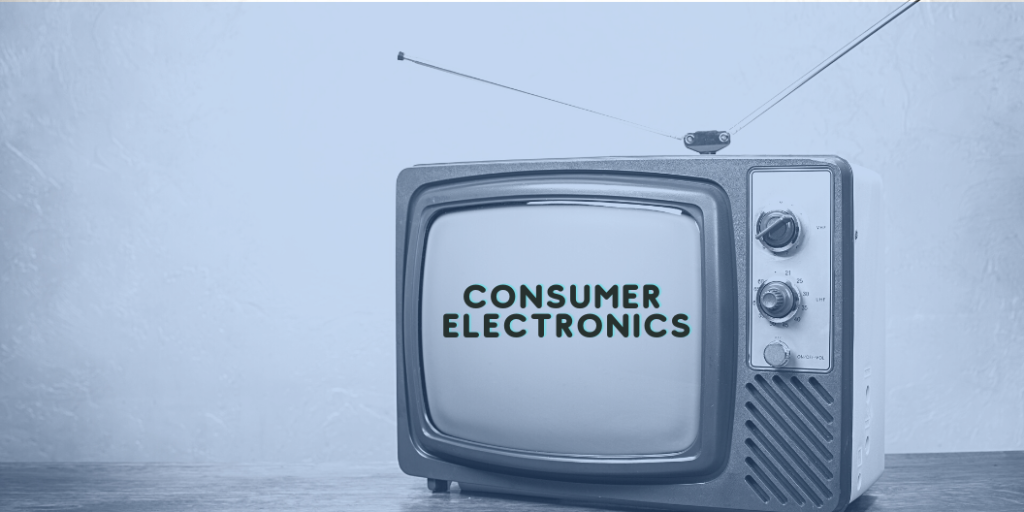Purell Hand Sanitizing Wipes were available on Amazon for $11.88 in January. They jumped to $79.99 last Wednesday afternoon, and reached $199.99 by Wednesday night. Currently, they are sold out. In response to what they are calling price gouging, Amazon, Facebook, and eBay have all taken steps to fight the rising price of hand sanitizers and face masks, two weapons in the battle against coronavirus.
It’s not just online marketplaces that are battling price gouging. A New York City hardware store was fined for hiking prices on its hand sanitizers, and Nevada’s Attorney General’s office warned retailers against coronavirus price gouging.
While all these claims of fighting against price gouging are intended to protect the consumer, all these sellers live in capitalistic societies. Pricing is built on a tension between supply and demand. Does artificially enforcing low prices help or hurt the consumer?
Maintaining Artificially Low Prices
When prices are artificially held down, the market runs into a shortage. According to the Washington Post, a woman spent $86 and cleared out Bed Bath & Beyond’s entire supply of purse-sized bottles. Another customer came into Target and bought 60 three-ounce bottles. CVS and Target stores in Washington D.C. are sold out of hand sanitizers. The Seattle Times, an area hit especially hard by the coronavirus, ran a story last week titled “Looking for hand sanitizer? Good luck finding it.”
On the one hand, maintaining low prices regardless of the demand seems to make consumers happy. They can buy the products that they need at affordable prices. Unfortunately, though, products that are in high demand are often bought in bulk, leaving empty shells and disappointed consumers in their wake.
We haven’t seen it yet, but consumers should expect a black market forming for hand sanitizers, especially in hard-hit areas. These products, which may be real or fake, will be sold at ultra-high prices, and go largely untaxed, causing further damage to the state.
Maintaining a Free Market
A true free market almost never runs out of products. Pricing of goods is tied directly to supply and demand. As demand increases, the prices rise. With dwindling supplies, prices continue to rise, giving anyone the opportunity to buy whatever they want, as long as they can afford it.
While products certainly cost more, it sets in motion a series of events that brings supply in line with demand. First, higher prices make it difficult for consumers to buy in bulk and hoard items, which leaves more items on the shelves for others to buy. Second, higher prices motivate retailers, as well as new suppliers, to bring in merchandise, which starts to push prices down. As supplies meet the increased demand, prices are able to return to normal levels. Finally, allowing the market to set the price prevents black markets from opening.
In response to a previous price gouging claim following Hurricane Harvey in Texas, economist Don Boudreaux wrote that “By forcibly keeping ‘legal’ prices lower than their actual market values, you not only encourage black markets … you obstruct the information and incentives that are necessary both to encourage consumers to use those goods more sparingly and to encourage suppliers from around the world to rush to the devastated areas.”
So What is the Right Price for Hand Sanitizer?
There are a lot of factors to consider while determining the right price. Pricing that considers market demand, available supplies, and the fear people have about coronavirus is on the right track. In this circumstance, using an AI pricing engine, like that developed by Quicklizard, would generate a price that matches the available supply with the high demand.








